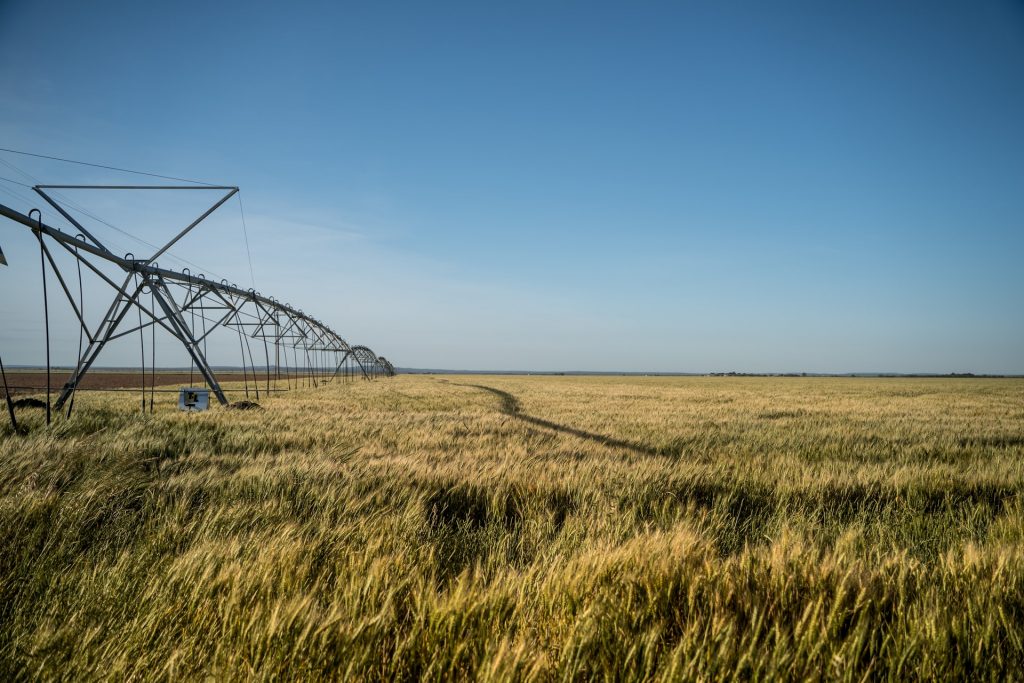The impact of global climate change is the calling for all of us to amend some actions. As it has been researched that by 2030, climate change will be killing more than 100 million people if we continue moving further on the environmentally destructive path we are currently traversing.
The green tech era is on the rise now and it is driven by innovative digital technologies, transforming it incredibly. Amongst them, technology has been upgrading in every sector including Software Development Industry, Banking sector, Finance sector, etc. Emerging technology has the power of evolving the complete impression of the industry into the next level. Considering a few of the technological innovations that will shape the environmental sector in the upcoming years.
1. Solar Glass
It would be really great to know that the glass over the skyscraper can generate energy. Here it is introduced as the solar glass which is an emerging technology that is getting popular as it’s a suitably transparent window material that could absorb the sun’s energy and converts it into electricity.
The biggest problem is its efficiency. For higher-performance, solar cells can achieve 25% efficiency or maybe greater but maintaining the transparency results in sacrificing the efficiency of letting the light turning into electricity.
This will allow the environment to converse electricity and generate new possible ways to save the environment from getting extinct.

2. Plant-based plastic
We have to end up the use of every single piece of plastic. Several initiatives have already taken the stand and have severely limited its use. Currently, the use of plastic bags has been banned across the whole globe. But there is one problem that is deep-rooted and deeply ingrained in our consumption economy.
Becoming a responsible consumer in the next decade will be knowing the life-cycle of the product we choose to buy, from creation to the entropy.
3. Public electric transport
Various companies are manufacturing vehicles. There are 160 electric and hybrid vehicle models available but engaging in other transportation like buses, cars, and two-wheelers. Although, buses came up to be a great discussion as it is conserving the fossil fuels from the environment and having an eco-friendly environment in the world.
Many countries have started using electric public transport but yet other countries are planning to use it. Even these vehicles are not costing a fortune to buy. Moreover, electric vehicles are independent of the pricy diesel.
4. Carbon capture
There is, unfortunately, a widely spread carbon dioxide in our air and it is resulting in our planet warmer. Is it possible to capture carbon dioxide and sequester it? It is possible said, the Carbon Capture and Storage (CCS).
It is an emerging class of technologies that are primed to play an important role in maintaining the health of the planet. CCS uses technology that allows the separation of carbon dioxide from the gases emitted from the electricity generation and industrial processes.
It is done in three processes- pre-combustion capture, post-combustion, oxyfuel combustion. However, the captured carbon is transported through a pipeline and stored in the rock formation far below the ground.
5. Cheap Energy Storage
The new age of electric vehicles has constantly grown the market for the cobalt and lithium batteries with reduced prices. The market for batteries has implicated far more than just for EVs. Several industries and utilities are searching for wider use of it for energy storage solutions.
Due to this, the battery prices get reduced, proving value for the reduced costs, increased reliability, and make the power system more flexible for the usage.
These are the mentioned emerging technology trends that will change the picture of the environmental sector in the near future.
How AI is Useful in the Environment Sector?
The most trending technology, Artificial Intelligence (AI) continues to evolve around with environmental concerns. It is not only making its impact in Software development industries but in the Environment Sector as well. Experts are migrating toward the use of AI to figure out the sustainable solution. But using this technology comes with the amount of the present risk.
In today’s times, technology has advanced in a progressive way that today we just need to pull out the smartphone we carrying and get access to any of the mobile applications to enhance the lives of the other people. Digital assistants such as Apple Siri or Amazon’s Alexa can perform various helpful number of tasks in and out of the home. Developed by complex coding and algorithm, these technologies allow us to interact with the things around us and with the other people as well.
However, the changes are changing from the user-friendly AI to ensuring the earth-friendly AI. As one knows that the urgency of the economic and human health impacts from our natural environment grows, we are here to see how AI can help to transform the traditional sectors and the systems to address the environmental problems such as food and water security, climate change, design the sustainable cities and protect the biodiversity and human scale.
Here are the 5 identified AI applications to address the challenges of the planet,
1. Self-controlling and connected electric vehicle
Vehicles such as AI-guided autonomous vehicles (AVs) ensures the transition of vehicle mobility over the coming years and decades. Greenhouse gas reductions for urban transportation will be possibly unlocked through the route and have traffic optimization, eco-friendly driving algorithm, and autonomous ride-sharing services.
2. Distributed energy grids
AI is useful in many scenarios such as predicting the demand and supply for renewable across the distributed grid, increase energy shortage, load management, integration, and reliability of the renewable and enables dynamic pricing and trading, or creating the market incentive.
3. Smart agriculture and food system
AI-augmented agriculture includes various functions such as decision-making, automated data collection, perform collective measures through robots to provide early detection of the crop diseases and the problems, and optimized the agricultural inputs and achieve the output based on the supply and demand. This assures that there will be a rise in the efficiency of the agricultural industries by lowering the water usage, fertilizers, and pesticides which may cause damage to the crucial ecosystem.

4. Weather and Climate prediction
A very new term titled “Climate Informatics” is currently using AI to transform the weather forecast and deeply understand the effect of climate change. This requires a high-level computing system with a deep-learning network that can allow all the computers to execute the process faster and perform the complexity of the real-world system into the calculations.
5. Smart disaster response
AI analyses the data and simulation of various weather events and disasters in a regional place to see the vulnerabilities and assure the disaster preparations and allow them to send the precautionary warning and prioritize it.
In what way can AI save biodiversity?
- As it is proved that Artificial Intelligence single-handed cannot save biodiversity but it can surely be of help. For instance, if a group of poachers is heading faster, the PAWS (Protection Assistant for Wildlife Security) enables the computer system and predicts where the poachers will go so the gamekeepers can stop them accordingly.
- However, AI can supervise the changes occurring in the development of species diversity. This is the goal of the AMMOD (Automated Multisensory station for Monitoring of species Diversity) project. It merges the data automatically taken from the DNA samples, AI image recognition, AI Bioacoustics, and automated scent analysis. Here AI image recognition is widely used for checking the population of the wildlife.
Conclusion
With the advancement in the technologies and growth in Artificial intelligence, we would find better ways to protect our environment and motherland. It would be helpful to discover climate changes, food, and water safety, encouraging human well-being, etc. In a nutshell, to cope with the potential challenges of the environment, these emerging trends would play a big role.
About the author
Kapil Panchal – Digital Marketing Manager works as a Digital Marketing Manager in a reputed Environment Software Development Company. Being a technical writing enthusiast and a goal-oriented individual with honed communication skills, have served in the Information technology, Services, and Product industry. Having a high-energy level, he absolutely loves what he does and he is passionate about being better every day.
LinkedIn: https://www.linkedin.com/in/kapil-panchal-99122816a/


